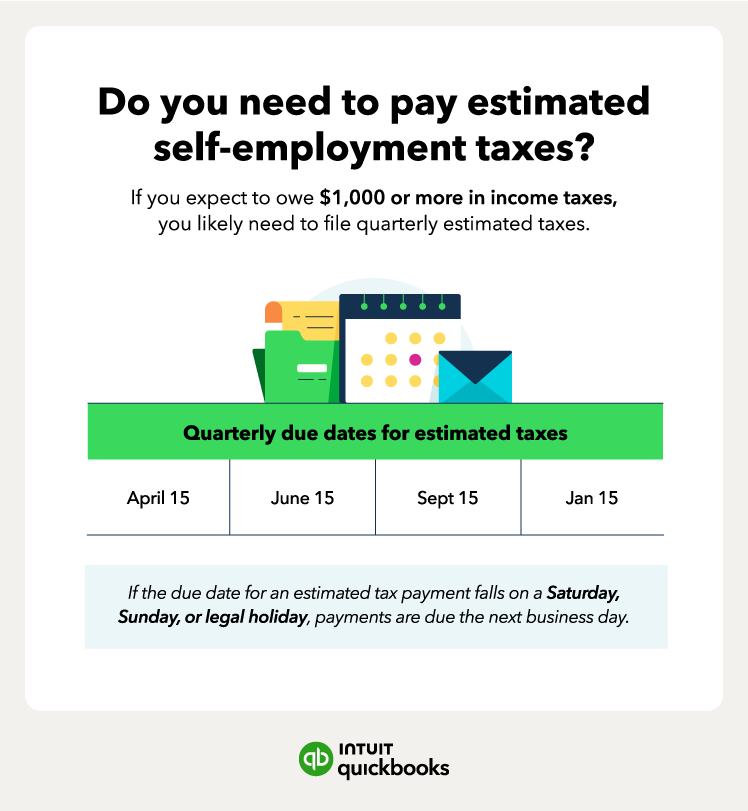Filing self-employment taxes can be a daunting task for many individuals. Whether you’re a freelancer, independent contractor, or sole proprietor, understanding the ins and outs of the tax filing process is key to avoiding penalties.
Sole proprietorship taxes are a bit different from a traditional job where you get a W-2. When working for a company, your employer withholds Social Security and Medicare taxes. Since self-employed individuals do not have any employer to withhold taxes, they must pay self-employed income tax.
Let’s look at how to file your self-employment taxes efficiently and accurately:



















